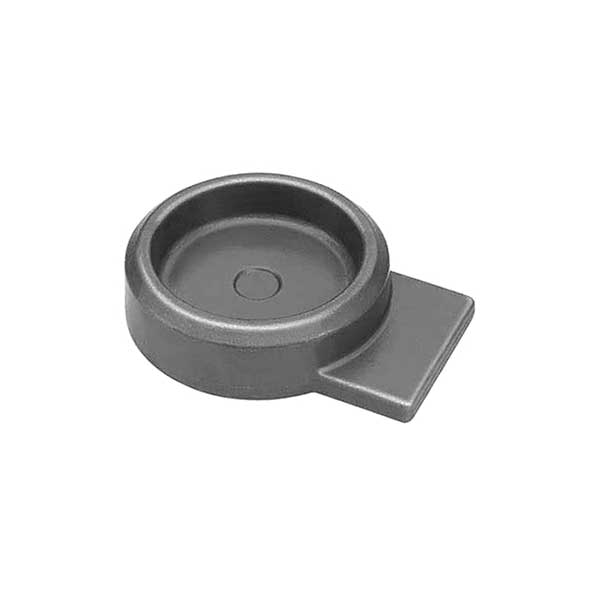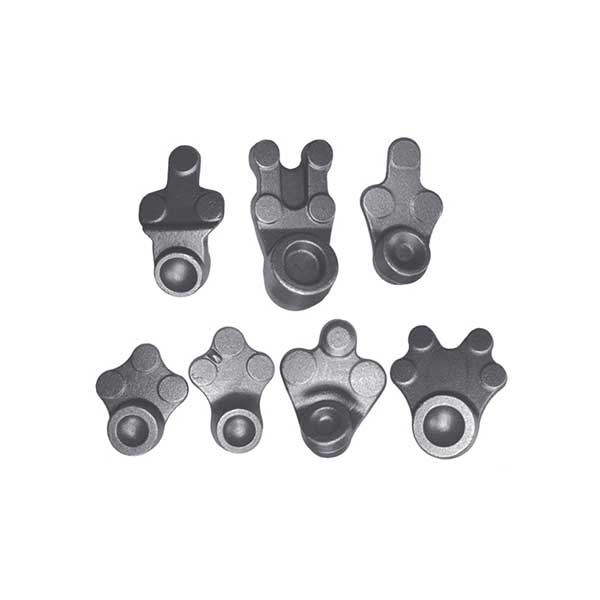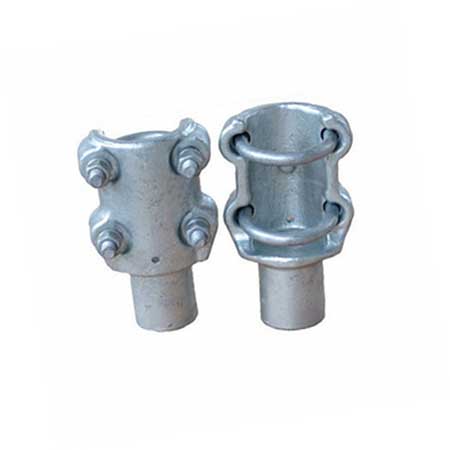Open die forging finds applications in various industries where high-strength and durable metal components are required. The versatility and flexibility of the open die forging process make it suitable for a wide range of applications.
Open die forging application
Aerospace: Open die forging is extensively used in the aerospace industry to produce critical components such as turbine discs, compressor shafts, landing gear parts, engine components, and structural elements. The process ensures high strength, reliability, and performance required for aircraft applications.
Automotive: Open die forging plays a crucial role in the automotive industry. It is used to manufacture components like crankshafts, connecting rods, axle shafts, gears, suspension parts, and steering knuckles. Open die forging provides superior strength, fatigue resistance, and dimensional accuracy for demanding automotive applications.

Oil and Gas: In the oil and gas sector, open die forging is employed to produce components for exploration, drilling, and production equipment. This includes drill bits, valves, wellhead components, flanges, and pipeline fittings. Open die forging ensures the required strength, toughness, and resistance to harsh operating conditions in the oil and gas industry.
Power Generation: Open die forging is used in the power generation industry for the production of turbine shafts, generator rotors, and other critical components in steam turbines, gas turbines, and hydroelectric generators. The process ensures the necessary strength, reliability, and dimensional precision required for power generation applications.

Mining and Construction: Open die forging finds applications in the mining and construction sectors for manufacturing components like heavy machinery parts, excavator tracks, gears, couplings, and high-strength fasteners. Open die forging provides the durability and resistance to heavy loads and harsh operating environments.
Defense and Military: Open die forging is utilized in the defense and military sectors for the production of critical components such as artillery shells, tank parts, missile components, and armored vehicle components. The process ensures the required strength, impact resistance, and structural integrity for military applications.

Heavy Machinery and Equipment: Open die forging is employed in the manufacturing of various heavy machinery and equipment components, including gears, crankshafts, bearing rings, and industrial tooling. The process provides high strength, durability, and dimensional accuracy for heavy-duty applications.
General Engineering: Open die forging finds applications in general engineering industries for producing a wide range of components requiring strength, durability, and precise dimensions. This includes shafts, flanges, fittings, rods, and customized parts for diverse engineering applications.
These are just some of the many application fields where open die forging is employed. The process is versatile and adaptable, allowing for the production of components in various shapes, sizes, and materials to meet specific industry requirements.


